Recently through sheer dumb luck and the quick actions of a friend I had the means and opportunity to acquire a sidesword made by Marco Danelli. I have been chatting with Marco on and off about commissioning a custom sword, but hadn’t pulled the trigger yet on any particular design.
Here I’ll talk about Marco’s work, provide my thoughts on the balance and handling of this sword I purchased, and drop some images of my sword and provide links where you can see others Marco has crafted.
Who is Marco Danelli?
Sword maker Marco Danelli has been making high-quality replicas of original European swords for fencers and collectors since 2010.1 He started off specializing in functional reproductions of swords from the 14th – 18th Century that replicate the same dimensions, weight and balance as their original counterparts. A historical fencer himself, he says that his goal is to promote the practice and knowledge of European martial arts across the world.
After a year of participating in HEMA, Marco jokingly asked Paul MacDonald if he could apprentice under him as a sword smith. As fate would have it, Paul said yes, and a year later, in the mid-2000s, Marco moved to Scotland. After four years working with Paul, Marco moved back to Italy and went all-in with his own business.
Closed for business…?
About seven years ago, Gulia and Marco Danelli announced: “Sadly due to ill health, we need to close the Danelli Armouries forge, Marco needs time to recover from an ongoing illness which has left him unable to work and right now he needs to focus on his physical recovery. I hope that you can understand that to turn away almost two years of pre-planned work orders as heartbreaking for us as it is the work of our heart as much as we hate letting you down.”2
Recently, though, Marco has resumed taking on primarily one-off custom orders, working with his customers to deliver the sword of their dreams, always adhering to the general design, feel, and qualities found on extant originals.
Marco can be found on Facebook, and you can also find a gallery of his work here.
Blade design
I first became interested in Danelli’s work when I saw his solution to a vexing problem among blade smiths. In short, how do you make a practice blade that has the look of the original blades, but also maintains the balance, feel, and action of the original? It’s a problem because simply making a blade that looks like the originals, but leaving the edge 1mm thick for safe combat, means there will be more steel along the forte of the blade than the original would have had. This then makes the sword point-heavy and, well, heavier than the original it might have been based on. There are a few different solutions - some extant original practice swords move a lot of the steel toward the hilt, and create essentially a thin flexible bar for the forte, for instance. You see a version of this approach on some extant practice rapiers.
This solution solves for the thrust, but not so well for the cut IMO, as it removes a good deal of mass from the middle and forte of the blade. Also it starts to veer away from the idea of “looking like a real (sharp) blade.”
Marco designed his fencing blades to be concave along the four faces of the otherwise diamond cross section - meaning he could have a 1mm edge, but remove enough steel to accommodate for it right there along with the edge, and still create a flexible blade that looks and feels like an original - even in the cut.
Marco once wrote: My main purpose is to produce the best training weapons for the historical fencer, trying to stay as close as possible to the originals adding the safety of blunt flexible blades.
And I think he succeeded. The design works amazingly, and I’ll talk more about it when I feature Balefire Blades. (Chris at Balefire apprenticed under Marco and now carries on the same design idea)
This Danelli sidesword
A customer recently ordered this sword (a sharp) from Marco as a custom piece, but was unhappy with the balance once he received it. So when Marco got it back, he offered it up for sale, and as soon as a friend alerted me to it I jumped on it, trusting that Marco’s preferred feel and balance was similar to my own and I therefore wouldn’t find it unwieldy. And I wasn’t disappointed.
Here are the stats:
Weight: 1050 grams
Total length: 42 inches
Blade length: 35.1 inches
Point of balance: 5 inches from the quillon block
My thoughts
This is a magical sword. A sword with a blade this size, and with this much steel in the hilt should not be as light and well-balanced as it is, but here we are.
The low key decorations suit me well. I’ve never been one for the gold and jeweled decorative hilts, nor even for the intricately carved decorations on some swords.
Though there are a few with silver and even gold decoration that I admire…
…I generally prefer more subtle design cues. I like the shape and visual balance, or cohesiveness of the parts to speak to the quality itself. In this sword, Marco managed, as he often does, to add a tasteful flair of lines and floral design elements to an already balanced sword design without overpowering the elegant aesthetics of the overall design itself.
And it performs like whoa!
Conclusion
Though we didn’t work together through the design and build processes of this sword, Marco was easy and great to work with. He offered for a very reasonable price to build a leather sheath for the sword, and packaged it all up and sent it off promptly.
So if you know what you want, and Marco is interested in taking on your order, you won’t be disappointed. It will be a one-off custom order, so it won’t be an entry-level price, but for me, this sidesword is well worth what I paid for it.
This sword is magic, I tell you! Magic!
Next up:
Skill progression - Matching your goals to your participation (Paid subscribers)
On being competitive (All subscribers)
https://www.deviantart.com/danelli-armouries
https://www.reddit.com/r/wma/comments/7kgyxo/danelli_armouries_closing_shop/







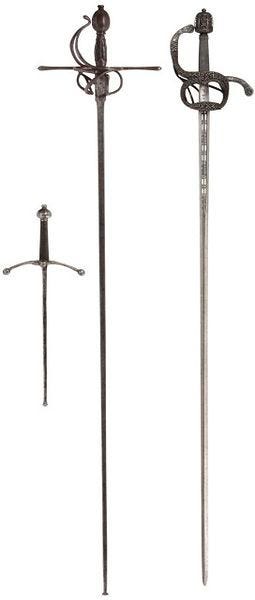



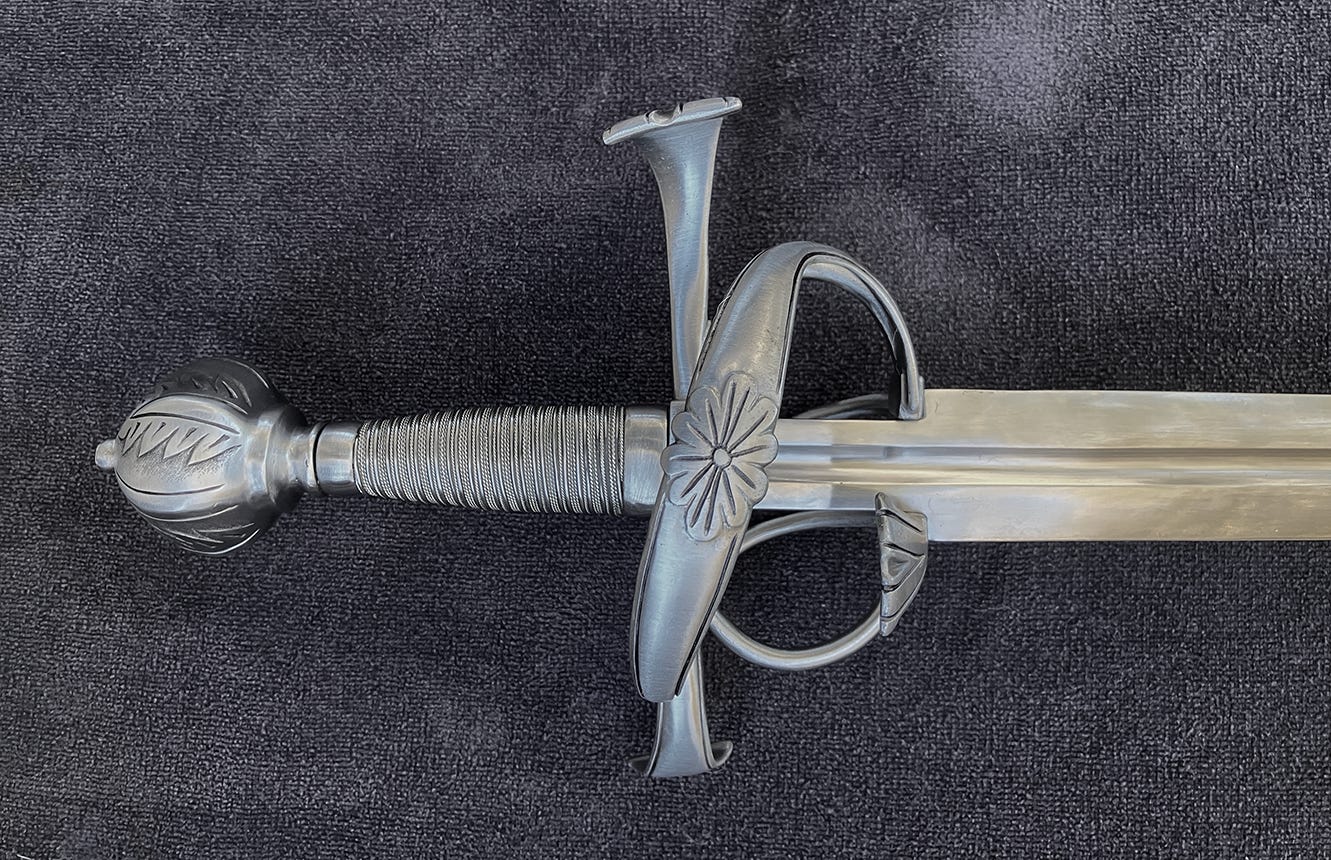
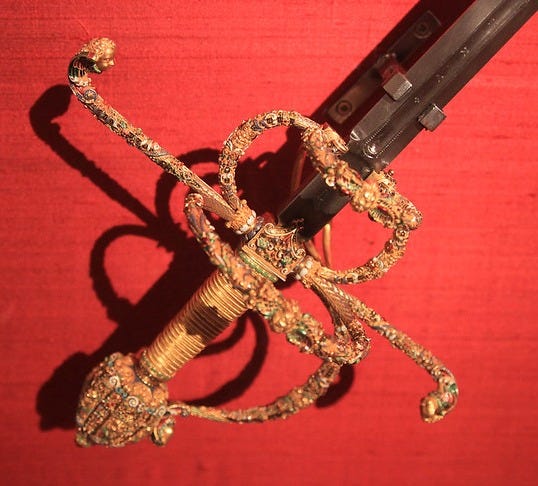
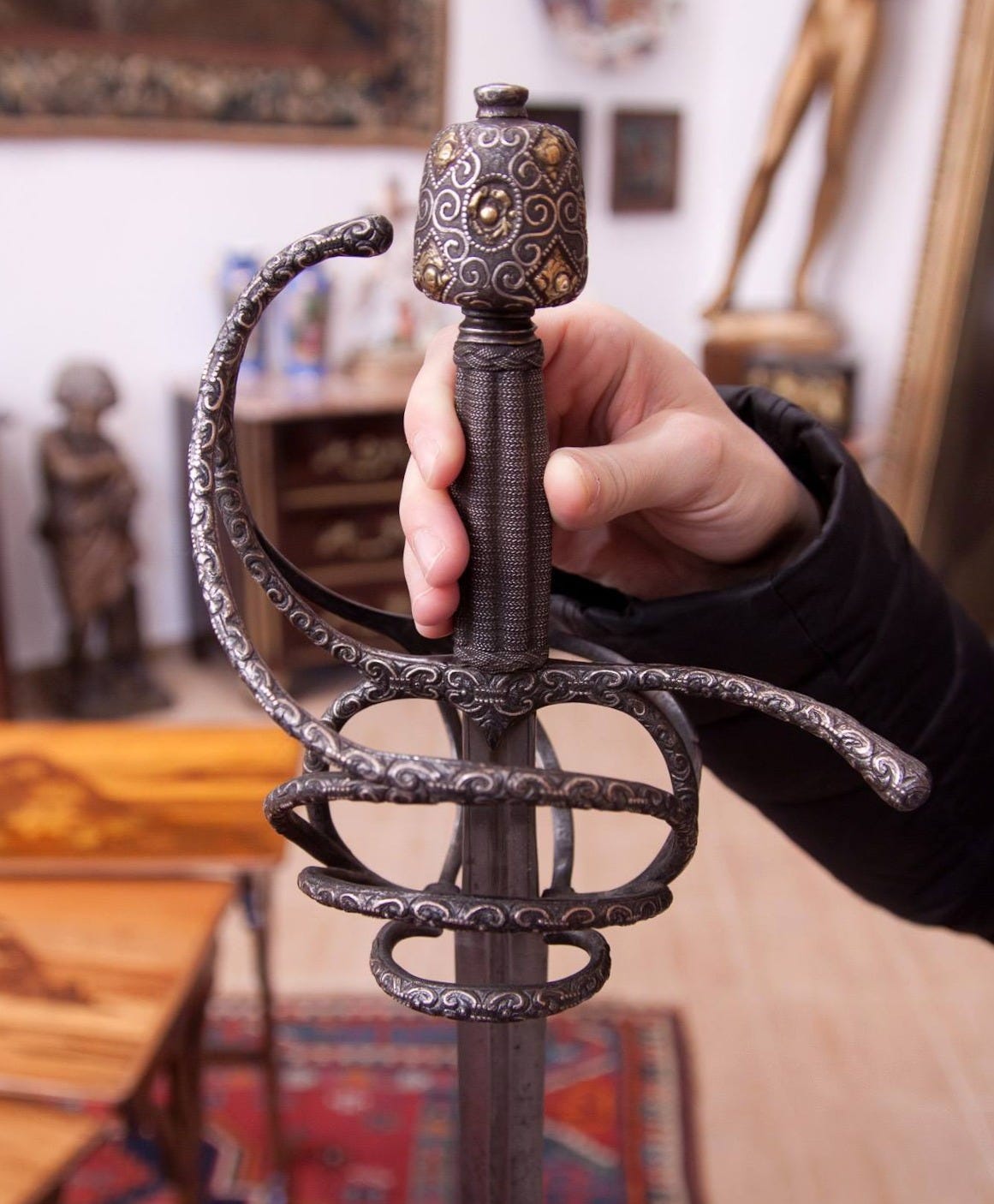
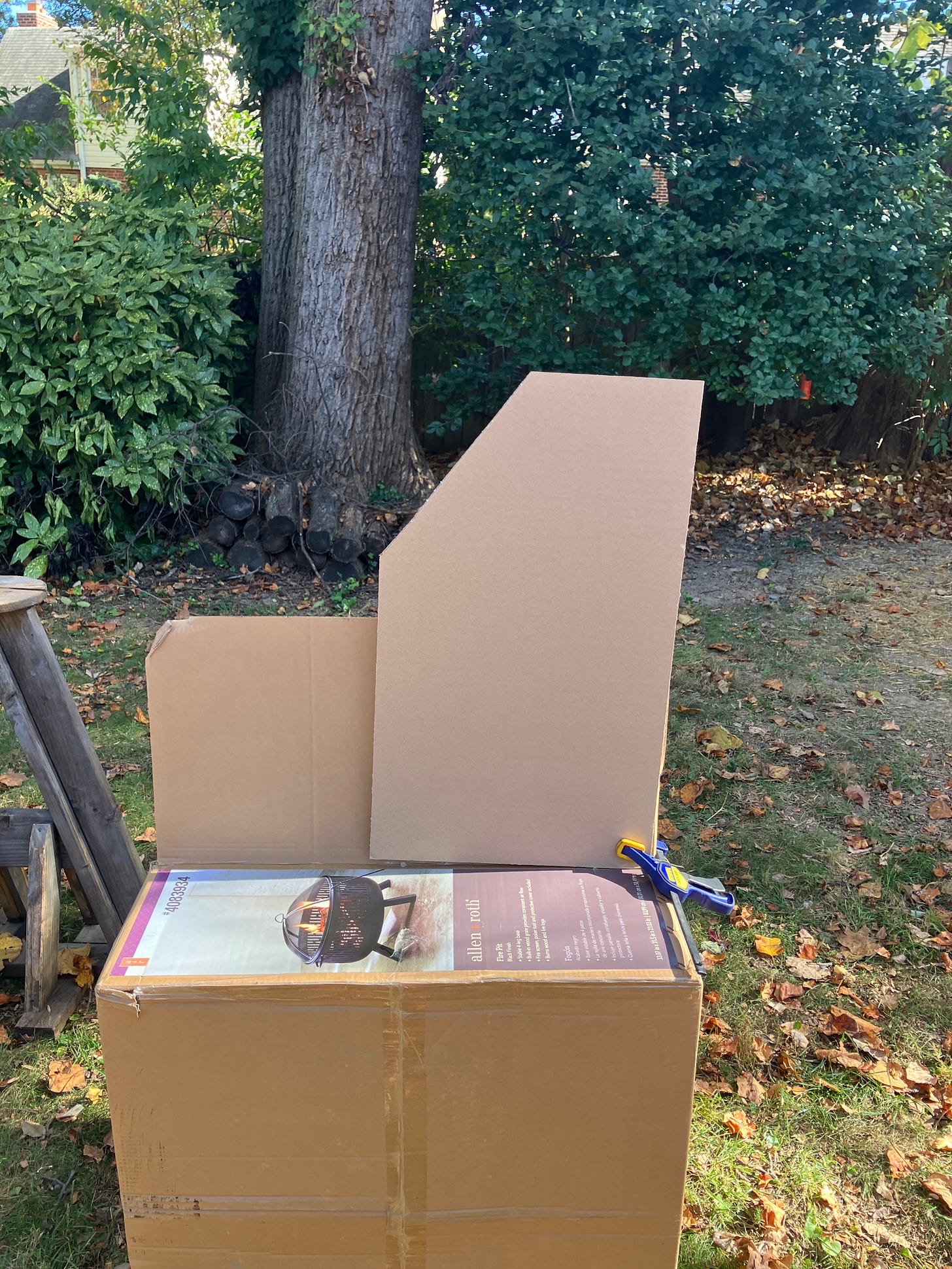
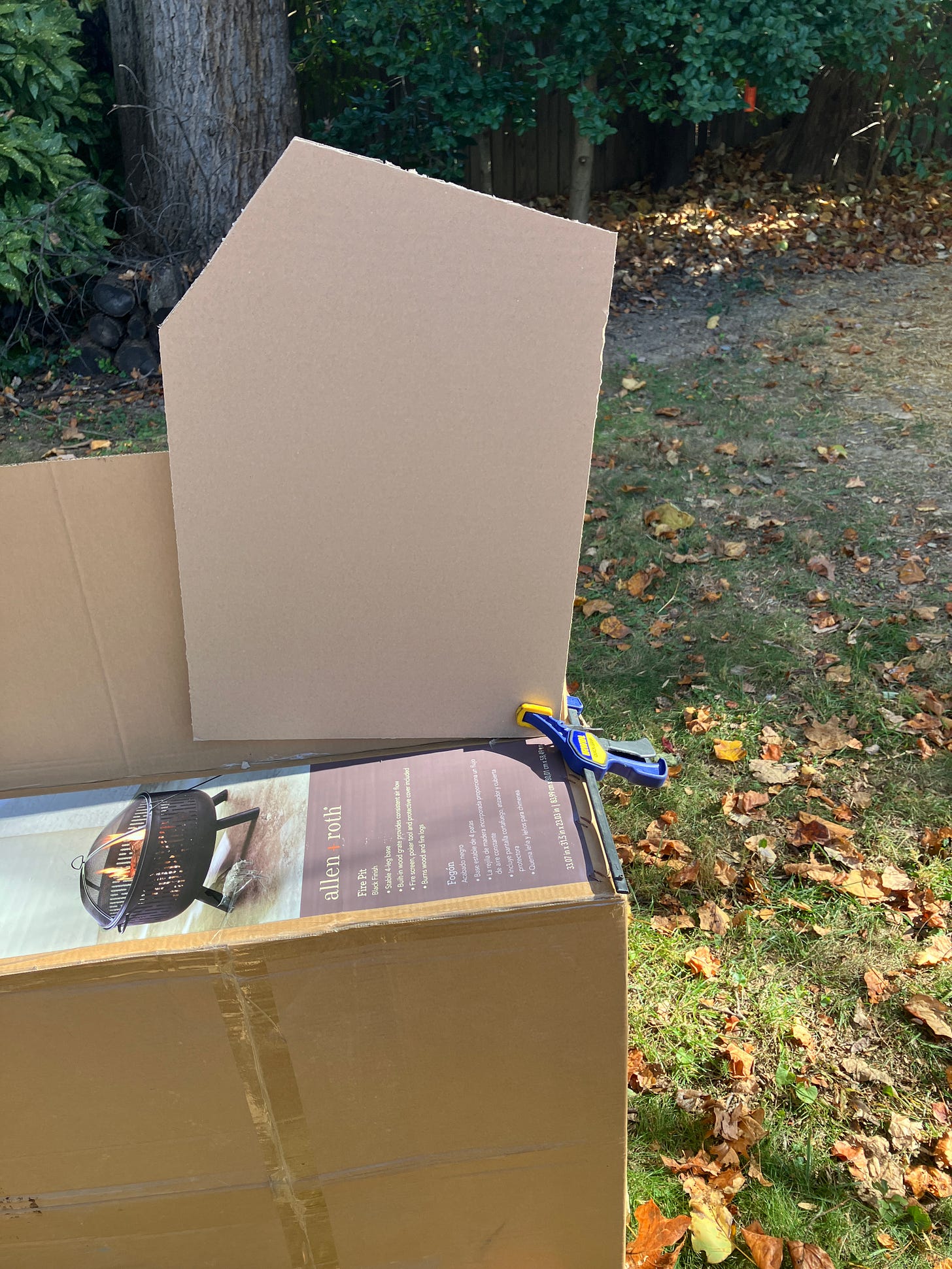
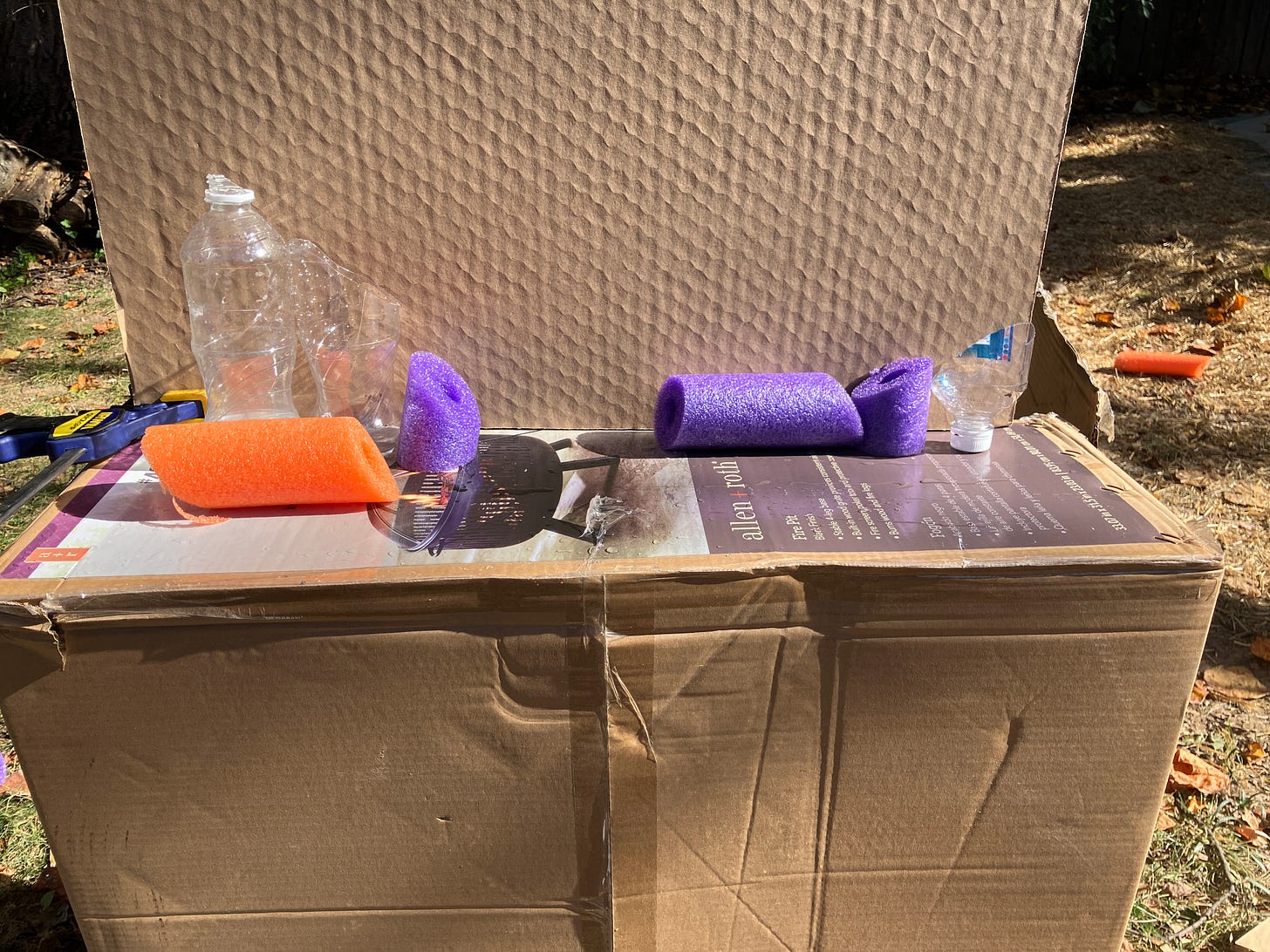

Marco always does wonderful work, that sounds like a great sword! A lucky opportunity indeed.
Few things:
1. I hope Marco Danelli feels much better, and he will be able to make bespoke swords for years to come. I grew up in the hobby, looking at his swords.
2. I knew that Chris apprenticed under Marco, but I didn't know that Marco apprenticed under Paul MacDonald. It's a small world! Wait, are we seeing a live lineage developing for sword-smiths? Chris, are you taking an apprentice? :)
3. The Baroque style took everything that was great from the Renaissance and made it better. But the Rococo style just added useless details until it overwhelmed the senses. This is also true with sword hilts from the period, the ones housed in Vienna in particular. The majority of people don't like them. They look interesting, but only as a curiosity.
4. The regret of passing by a sword you had a chance to buy is so relatable. :)
5. At 1050 grams, with a 35.1 inches blade, a point of balance of 5 inches from the quillon block sounds excellent. I am curious what the original customer had in mind. If I add another 100 grams to the total weight, maybe I would prefer a point of balance of 4 inches, but not at the listed weight. At 100 grams less, so 950 grams in total, I would even accept a 7 inches point of balance (the case for the LK Chen's Ribaldo modern reproduction, which feels quite good in the hand).
6. The piece you showcased is clearly a sidesword, as in a sword with a relatively wide blade of about 90cm in length. But this style of hilt is what I see in museum pieces being usually married to a narrower blade that tends to reach 100cm. Between a Manciolino era sidesword that borrows from earlier swords and a Capoferro era fully developed rapier, I think the sword I mention acts as a bridge in function (which is why I'm attributing it to Agrippa's influence). I'm preparing three posts that I will release all at once when ready, since I really want to talk about this.